A Walk in the Valley
2014 | A Walk in the Valley is a response to Georgia author Corra Harris’ property in Bartow County, Georgia, a place she called In the Valley. It is an exploration of the stuff of history: facts, memories, fragments, and interesting irrelevancies that may have something to tell about who we were, who we are, and who we hope to be.
Within our timeframe we judge the value of land according to its natural resources, habitat, physical features, beauty, and, sometimes, its enduring association with significant people or events. We tease apart the layers of association to distinguish hallowed from defiled ground, a designation that holds meaning only so long as history records the reason. Geology and archaeology can tell us much about a place, but history determines how we feel about a place.
The stuff of history is elusive, much of it vanishing with the death of those who made it. We look back at the lives, actions, and beliefs of people from the past as if hearing a fragmented musical score. We consider the fragments in light of our own worldviews, experiences, and perceptions, and we piece together a composition of the past that varies widely depending on our emphasis, interests, and depth of consideration.
In the Valley was a refuge for Corra Harris, one of Georgia’s best-known writers at the turn of the last century. Much of her published language was beautiful, and some of it was so heartbreakingly ugly that it seems unimaginable it all could have come from one mind.
Art critic Lucy Lippard has said “an effective memorial recalls the dead in order to make the survivors responsible to the living.” We are the survivors of Corra Harris and her contemporaries, and we are inevitably shaped by our thoughts about her life and legacy. A Walk in the Valley is not a memorial to Corra Harris. It is an exploration of the relationship between a beautiful piece of land and the complex history of someone who felt at peace there.
Writer's Tarnished Reputation Fuels Zuckerman Museum Flap, Jenny Jarvie, Atlanta Journal Constitution
Kennesaw State University to Restore Censored Artwork, Svetlana Mintcheva, National Coalition Against Censorship
Guest Editorial: Ruth Stanford speaks on Zuckerman Museum censorship, Ruth Stanford, Creative Loafing, Atlanta
New Kennesaw State Statement on Removal of Art, Inside Higher Ed
Georgia University Censors Art Addressing White Supremacism, Sally Hansell, Huffington Post
Censoring Art and History, Scott Jaschick, Inside Higher Ed
Reinstate Artwork Censored by Kennesaw State University President, Art-leaks.org
KSU Commissions Artist, But Then Her Art Ousted, Hannah Morgan, Marietta Daily Journal
Artwork Censored at Museum Inauguration, Artreview.com
Too Obscene to be Seen? Kaitlyn Lewis, KSU Sentinel
KSU Pulls Artwork on Sensitive Subject, David Wickert, Atlanta Journal Constitution
A Critic's Notebook: Some Thoughts on Zuckerman, Andrew Alexander, Creative Loafing, Atlanta
Kennesaw State University Orders Removal of Controversial Artwork, Associated Press, Athens Banner Herald
Georgia State Sculpture Professor’s Work Censored in Kennesaw, Nedda Ahmed, GSU Library Blog
A Possible Resolution to Censorship Protests at Georgia's Zuckerman Museum, Sarah Cascone, artnet news
University Orders Removal of Controversial Artwork, Associated Press, Washington Times
Opinion: Censorship at KSU's Zuckerman Museum a Black Cloud Over Grand Opening, Catherine Fox, Arts ATL
After Criticism, Kennesaw State Partially Reconsiders Censorhip of Art Exhibit; Problems Remain, Susan Kruth, thefire.org
Art Censorship at Kennesaw State? Ellen Eldridge, KSU Sentinel
Artwork censored from Zuckerman Museum opening, Sarah Freeman, Creative Loafing Atlanta
Censorship of Artwork Mars Opening of Georgia’s Zuckerman Museum, Sarah Cascone, artnet news
Good News: KSU Rethinks Censoring Ruth Stanford's "A Walk in the Valley," Offers to Reinstate It, Catherine Fox, Arts ATL
Bulletin: Censored Artwork at KSU's Zuckerman Museum to be Reinstated, Catherine Fox, Arts ATL

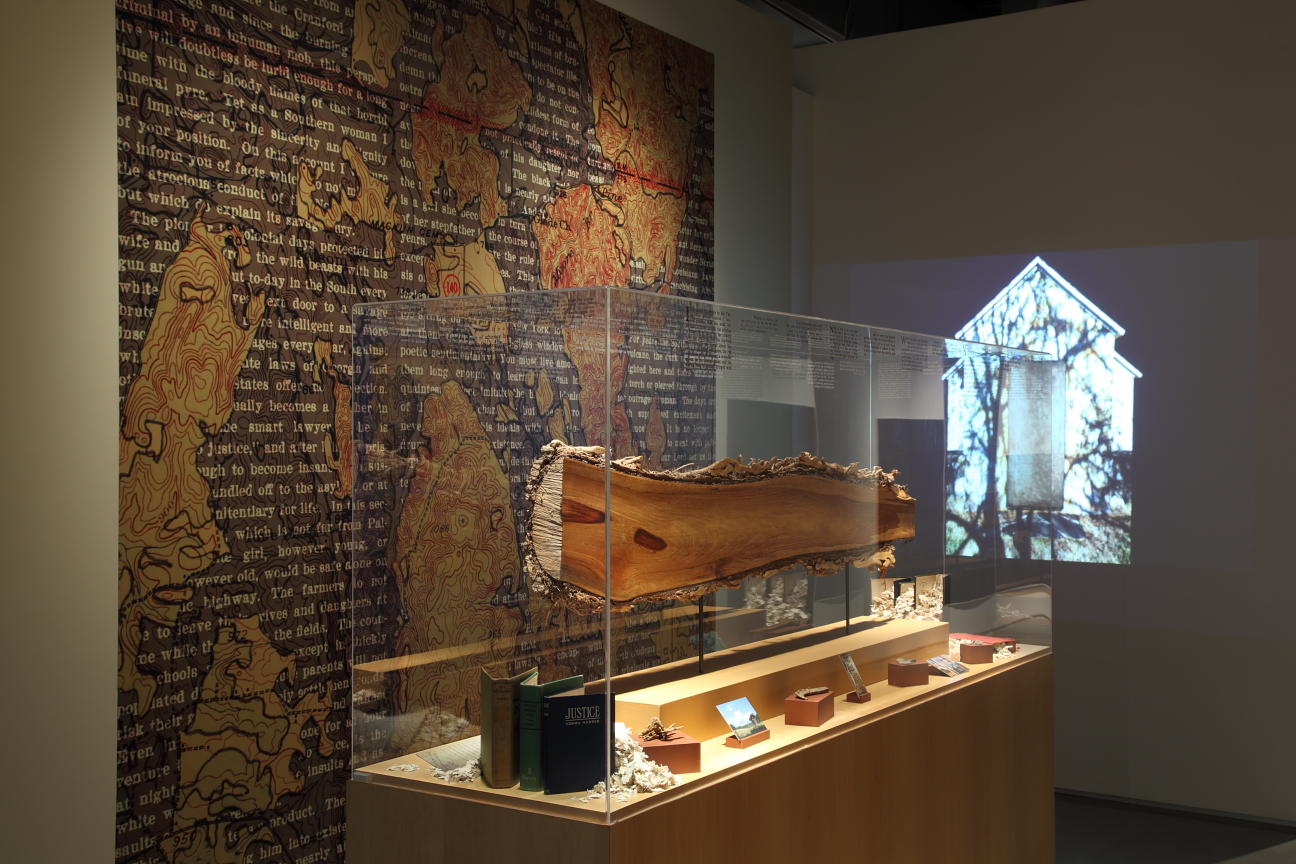
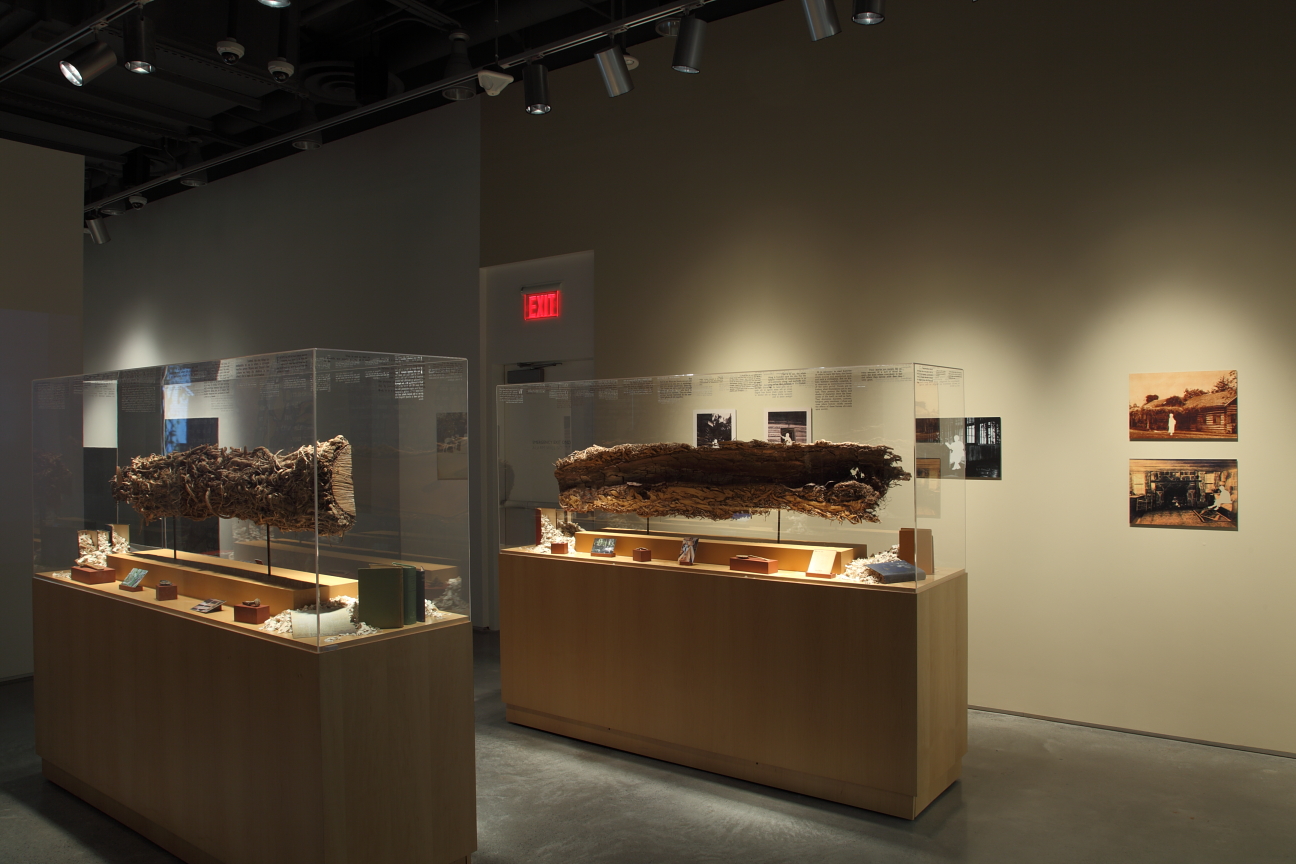

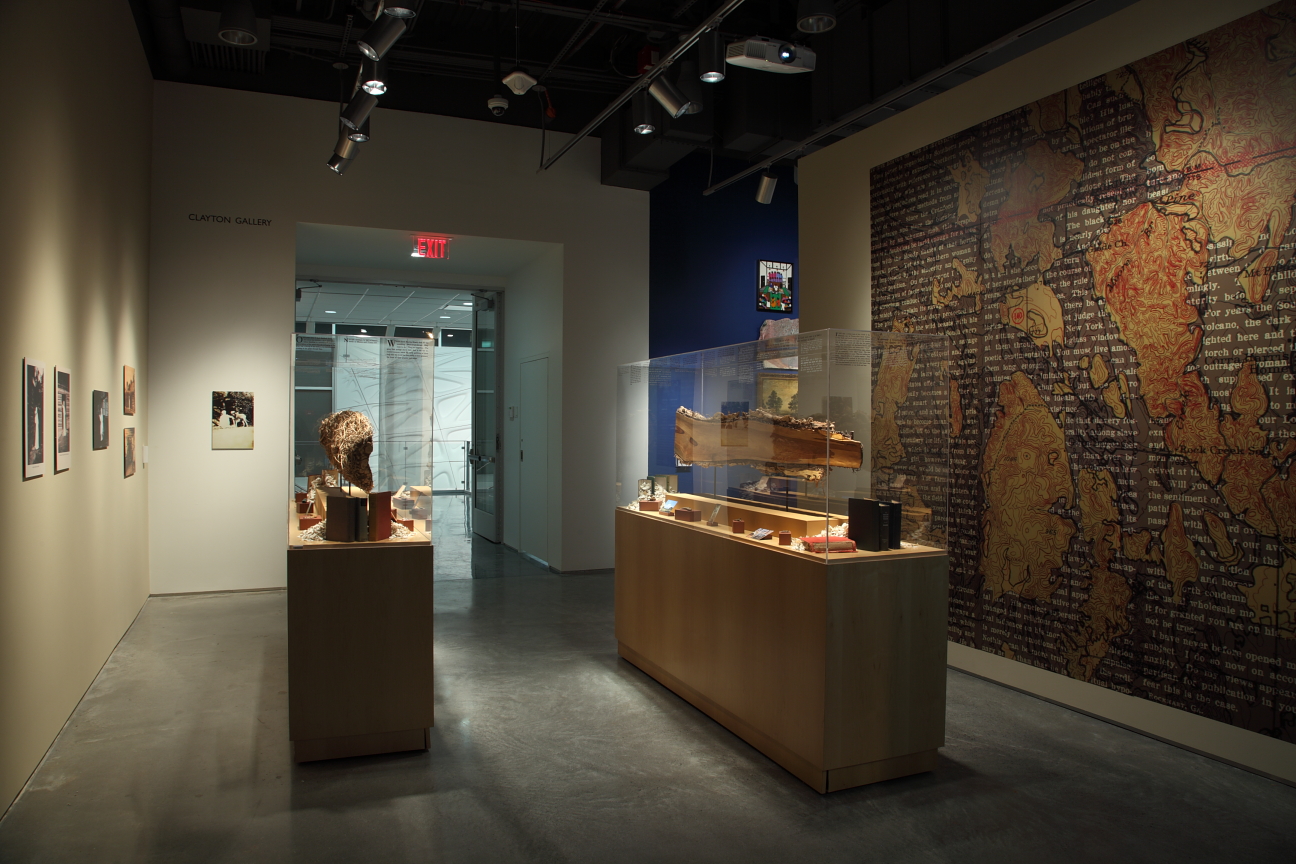
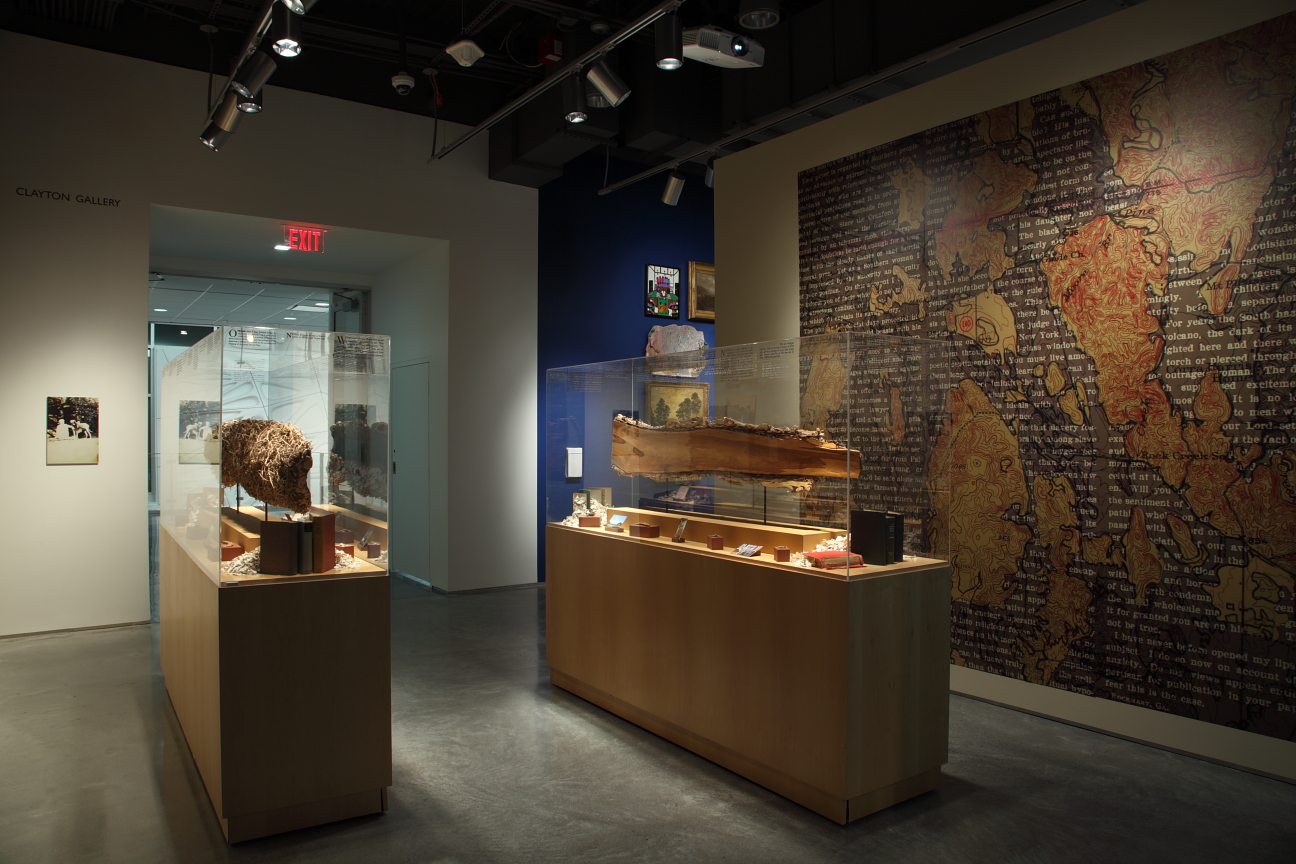
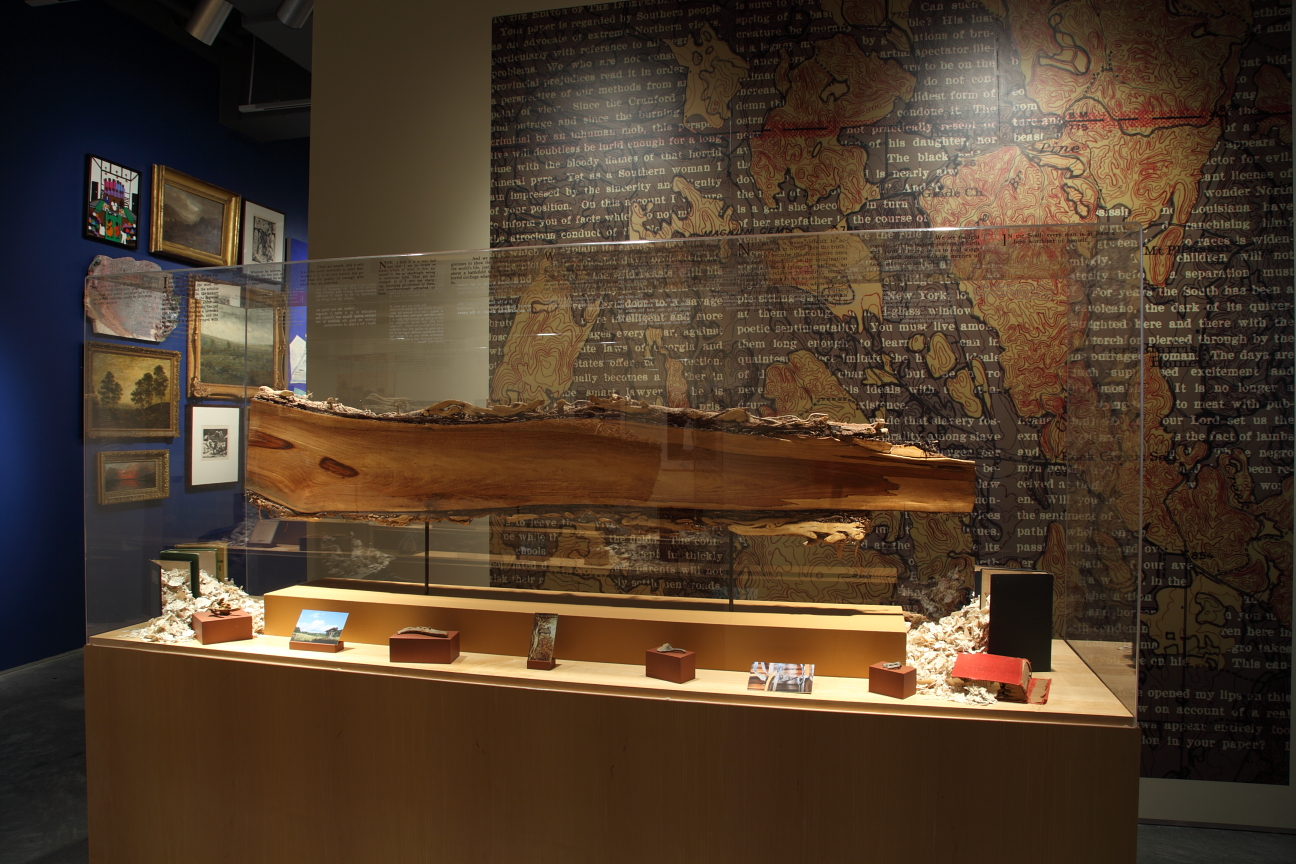
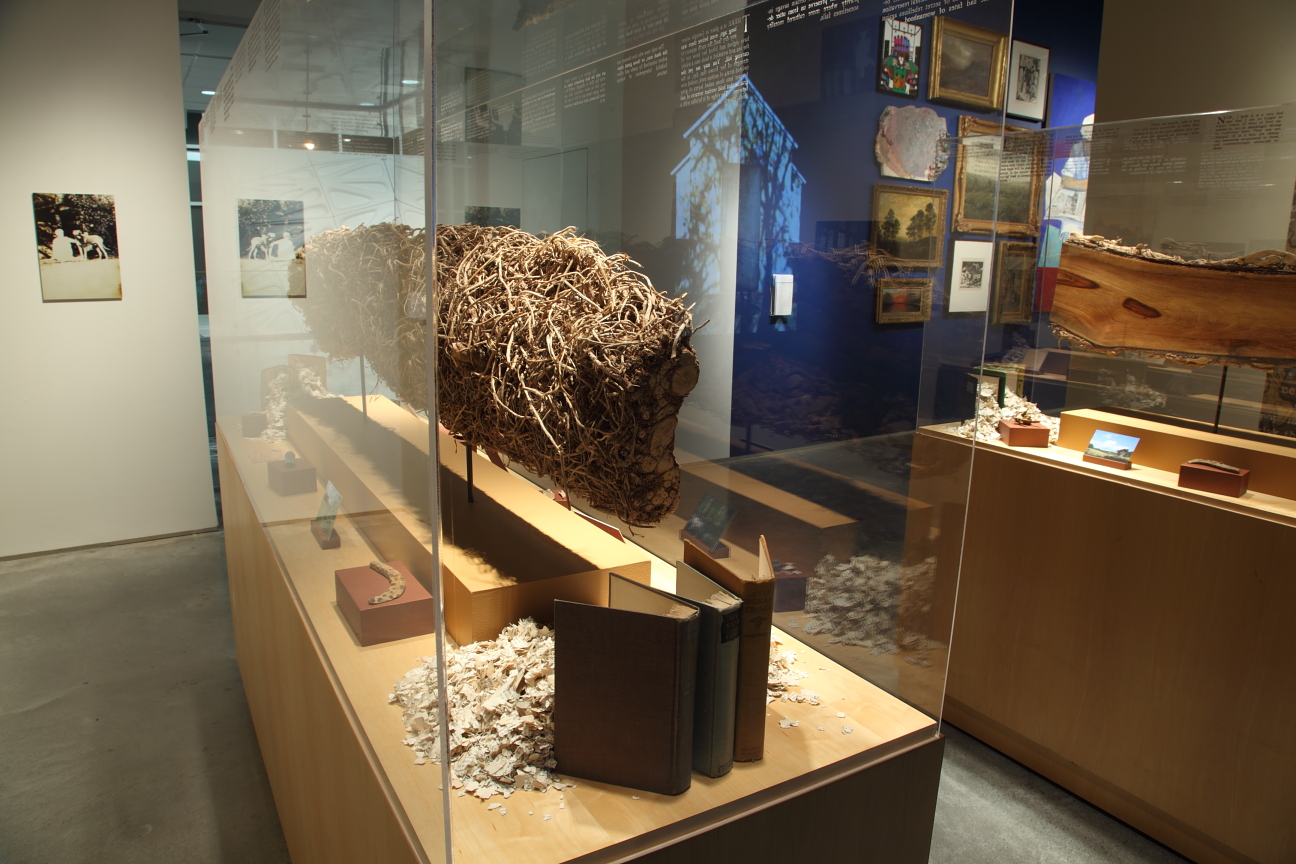
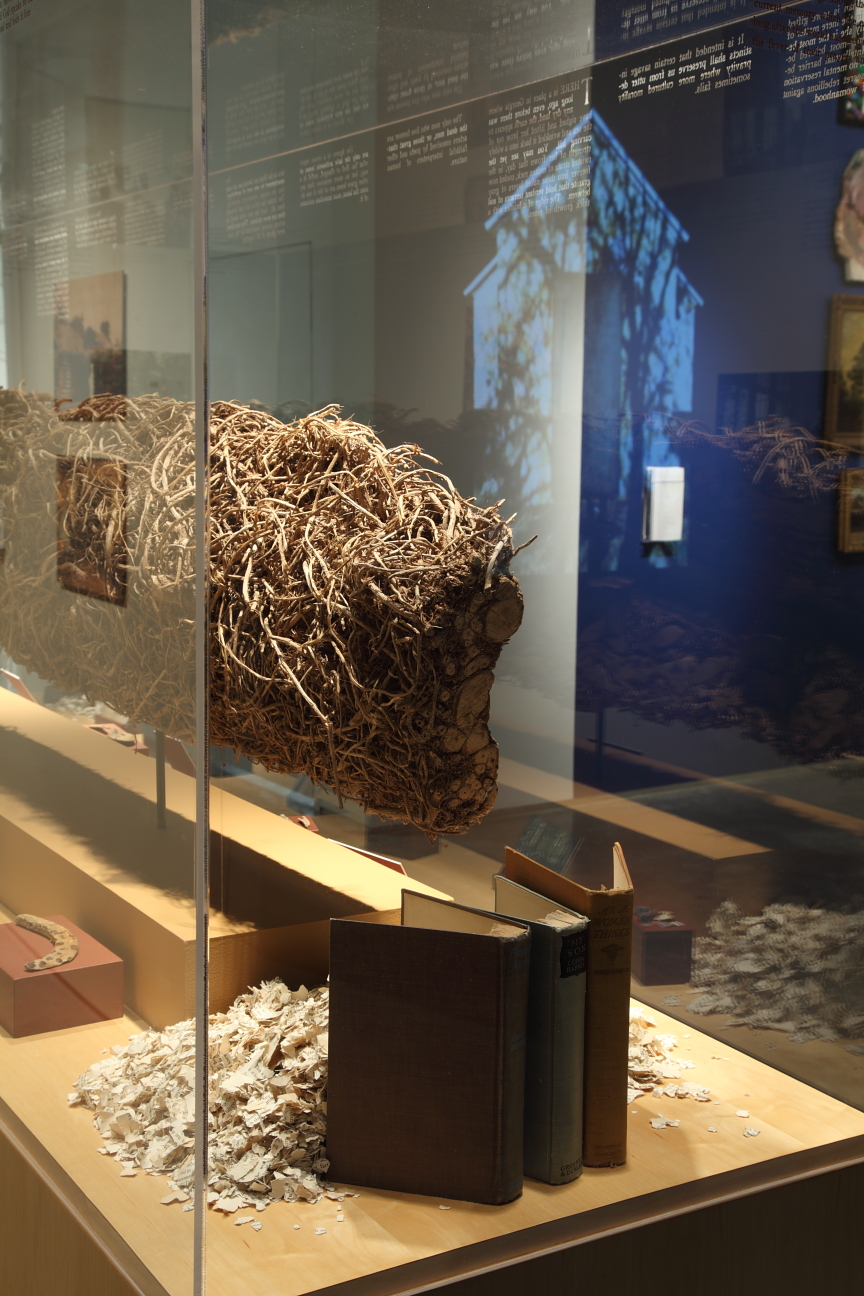
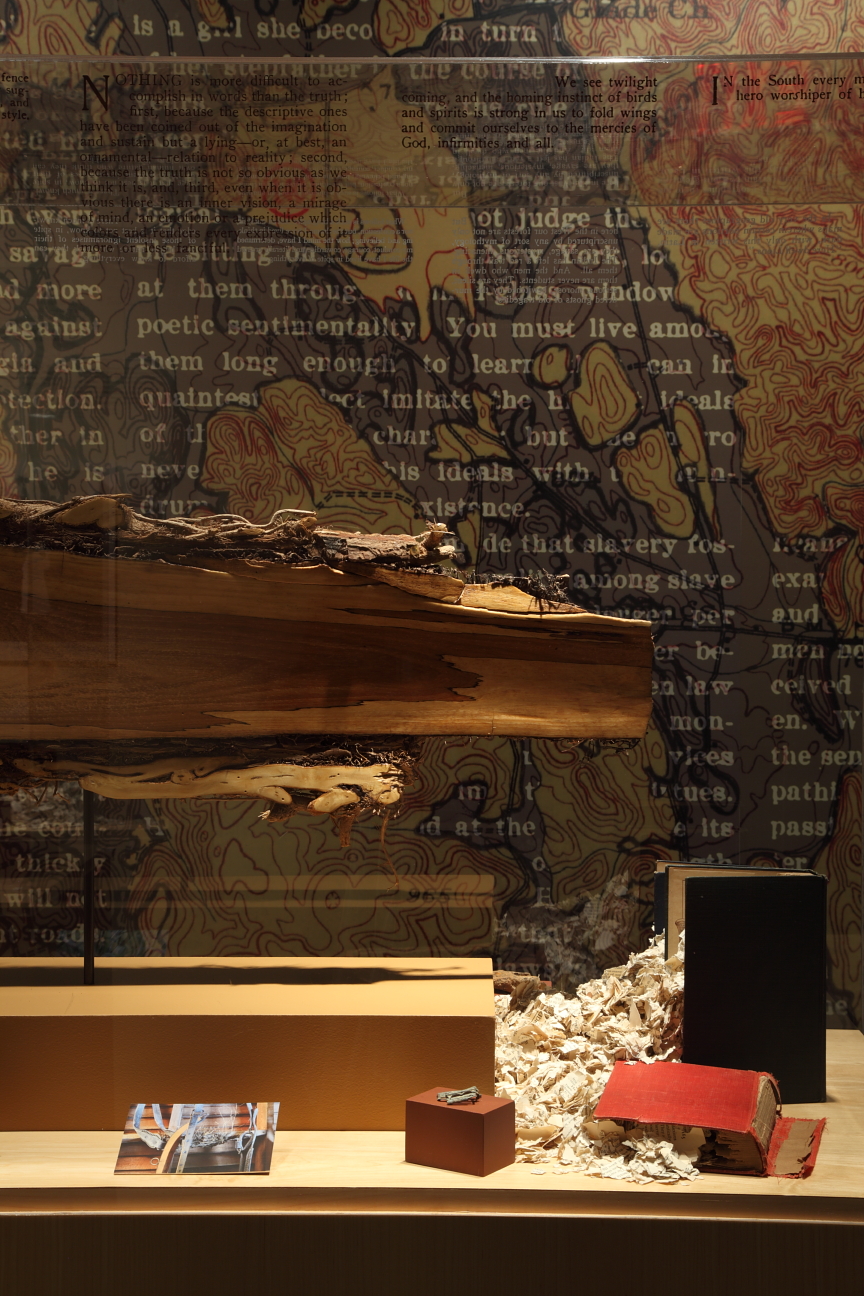
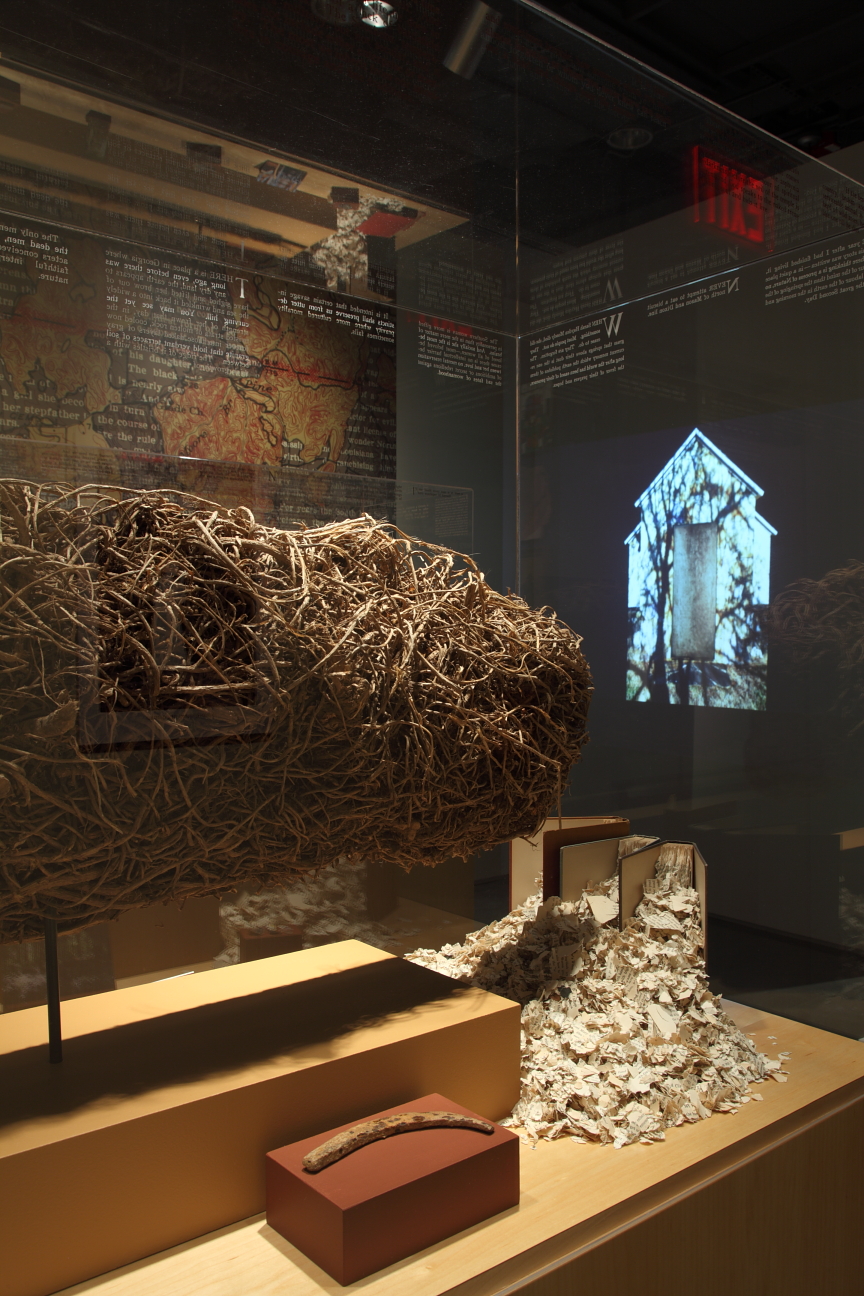
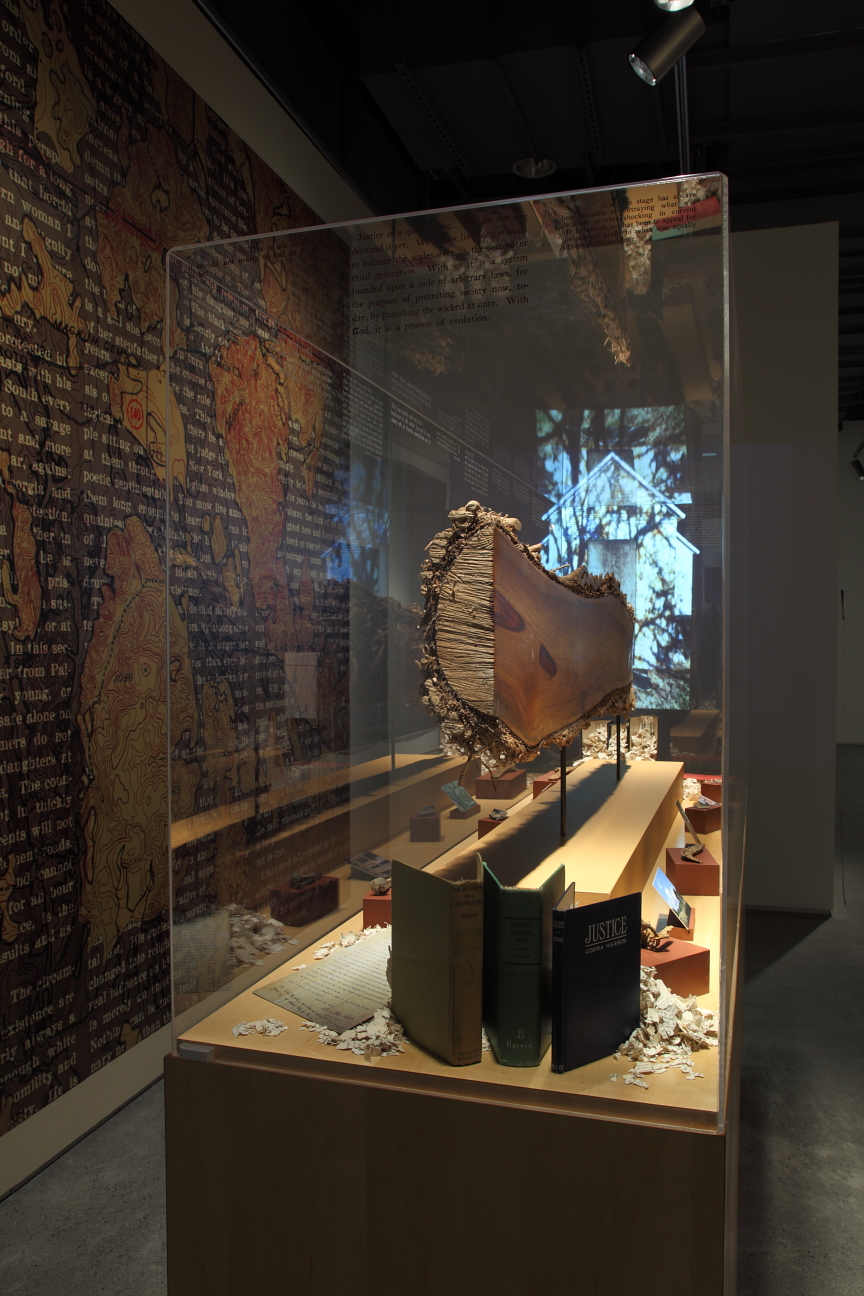

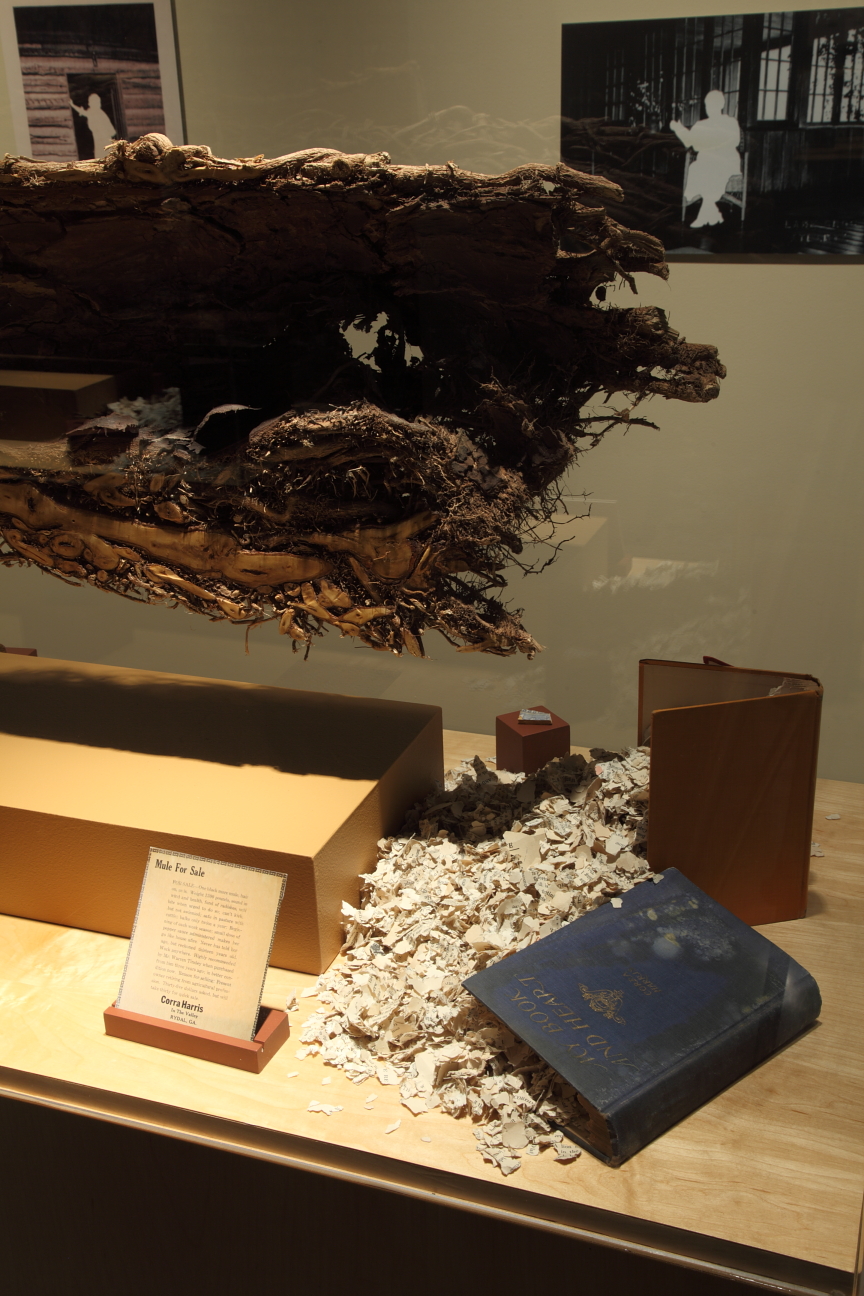
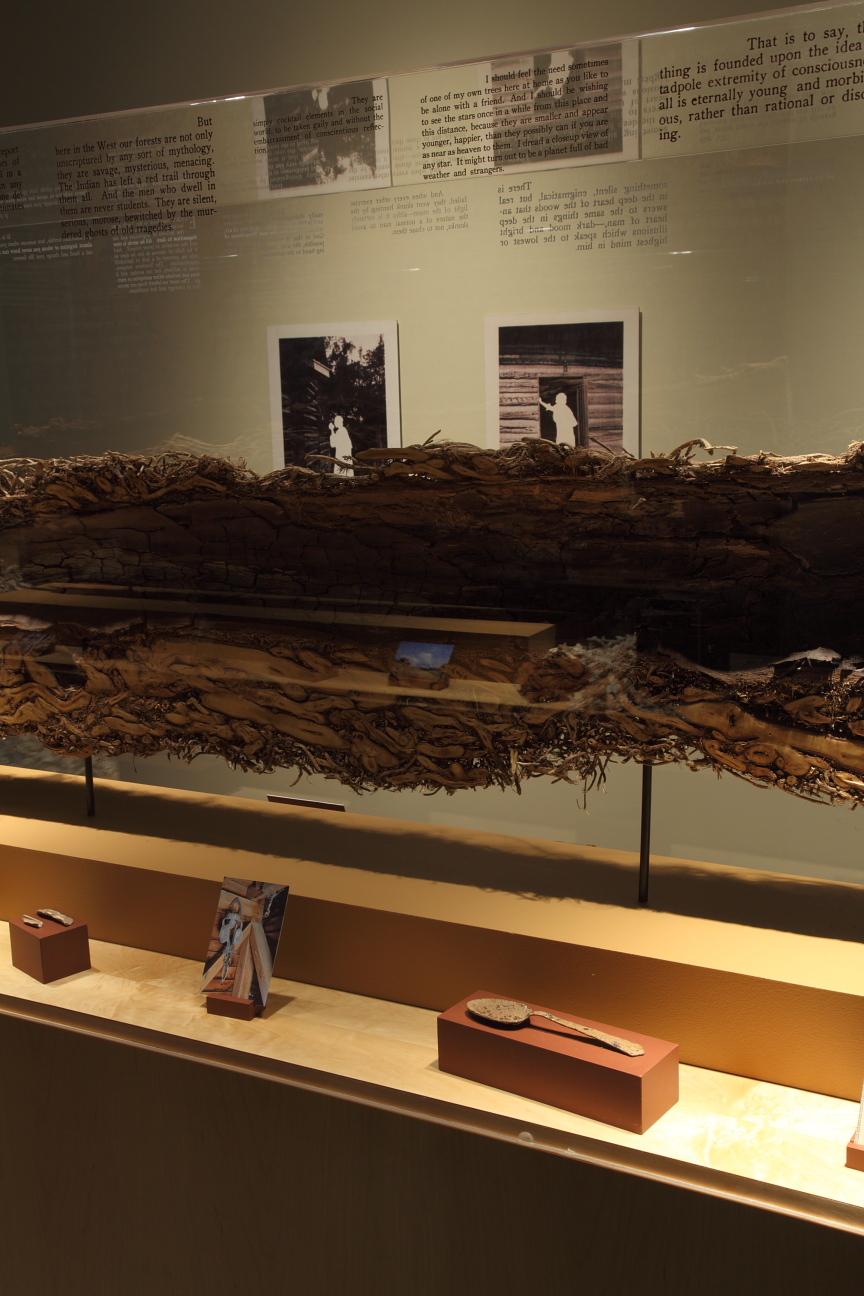


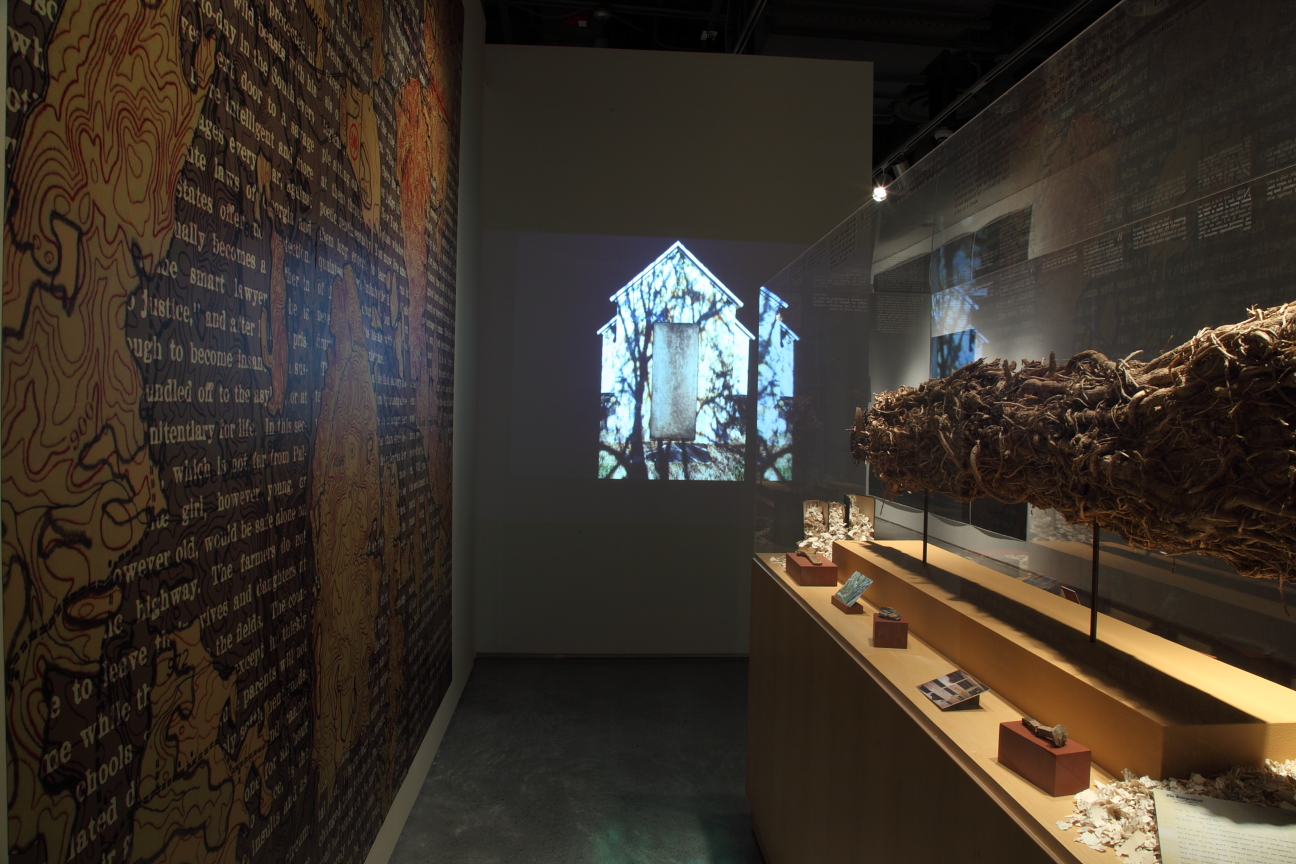

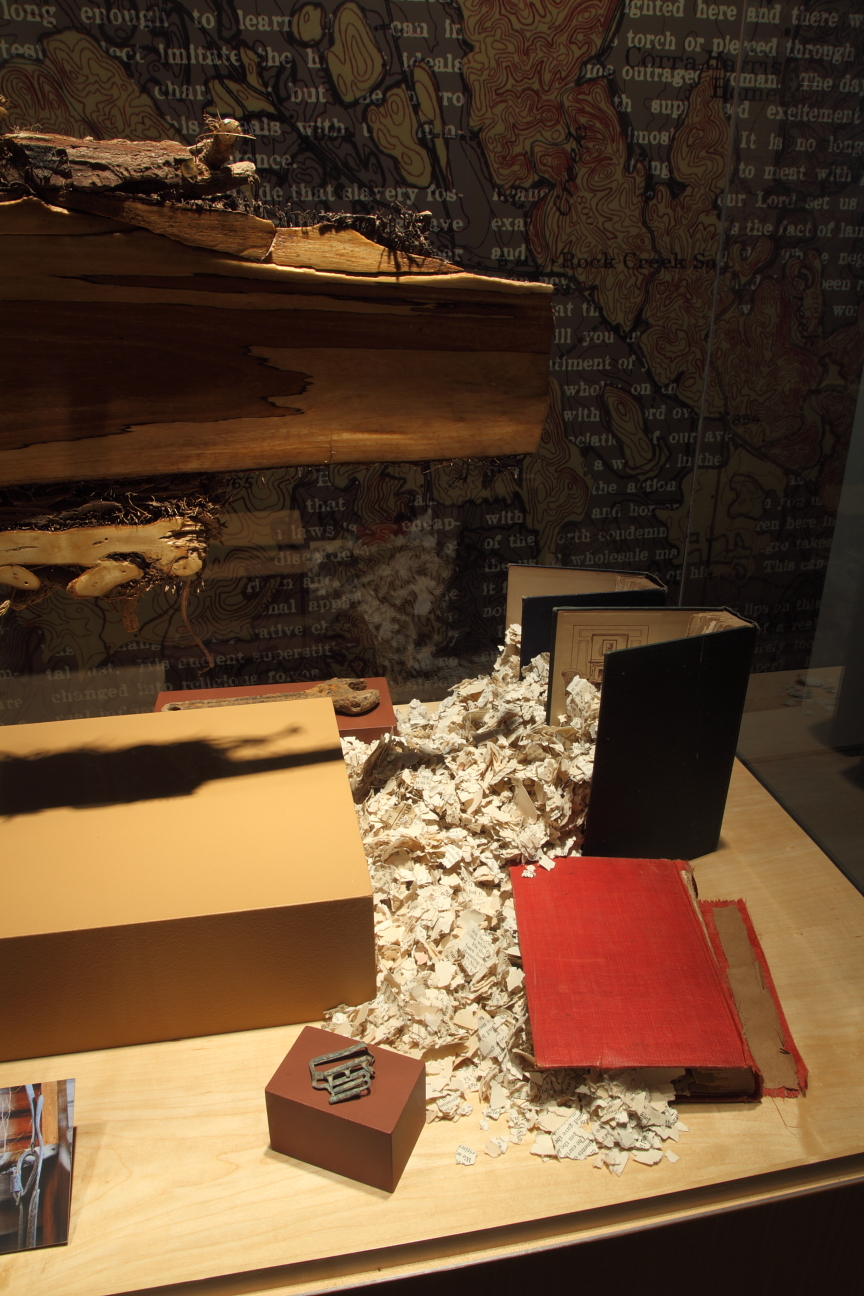
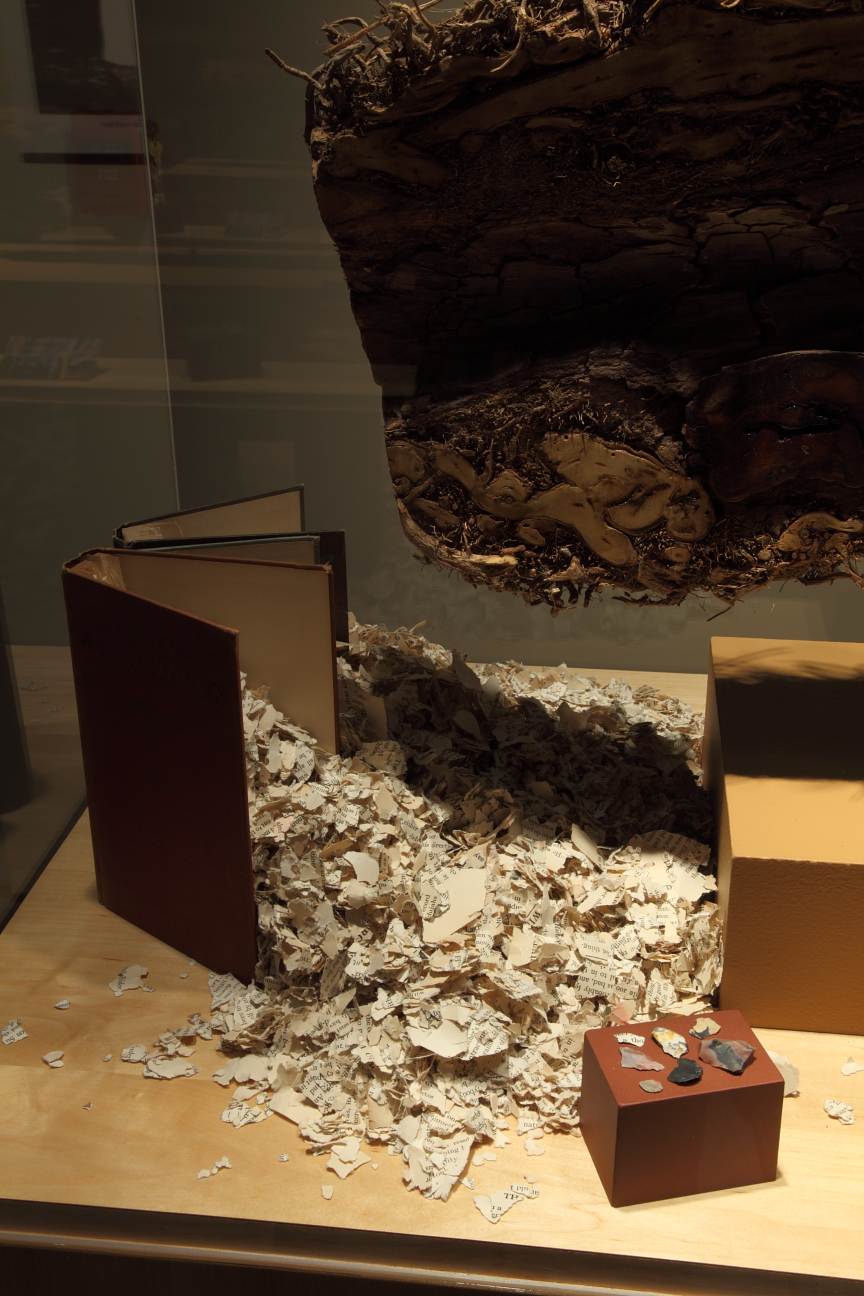
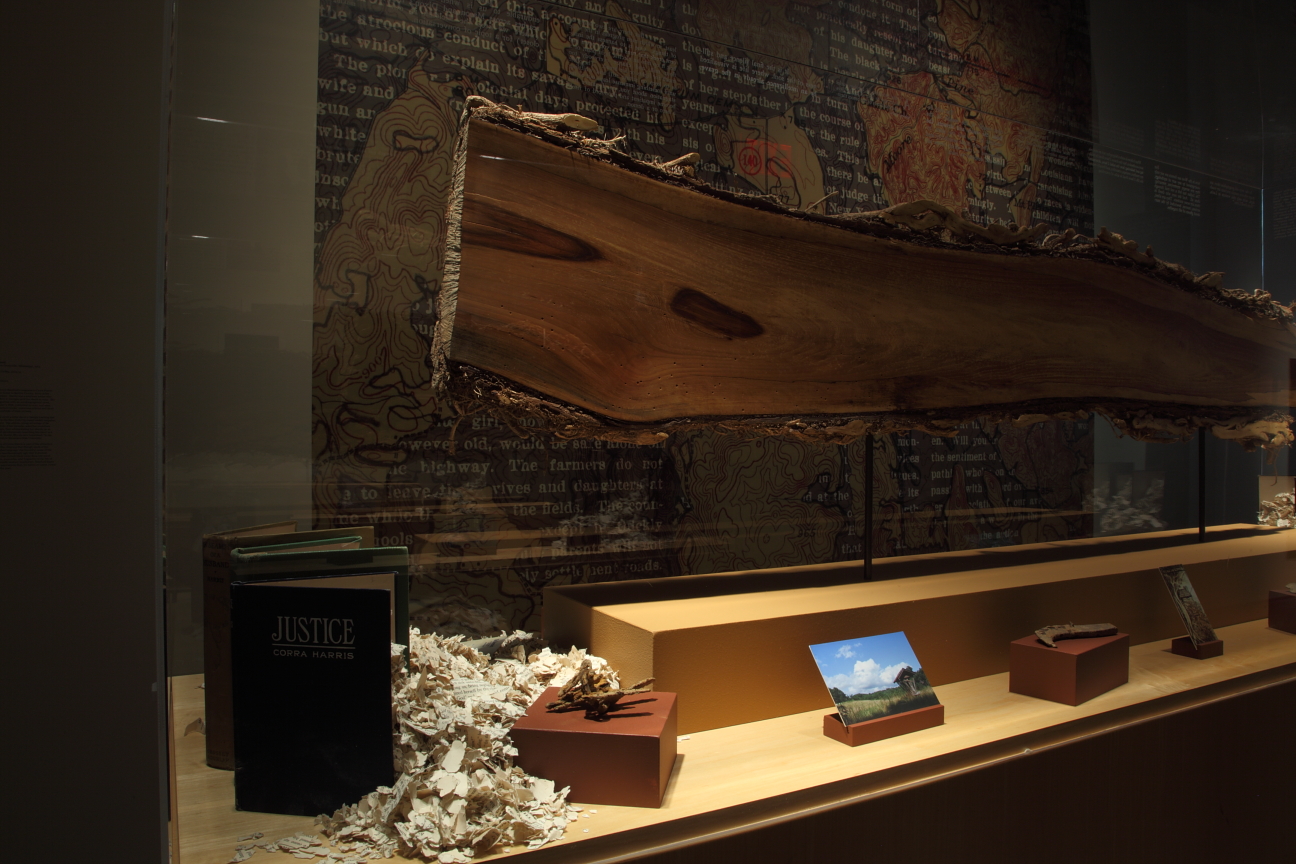

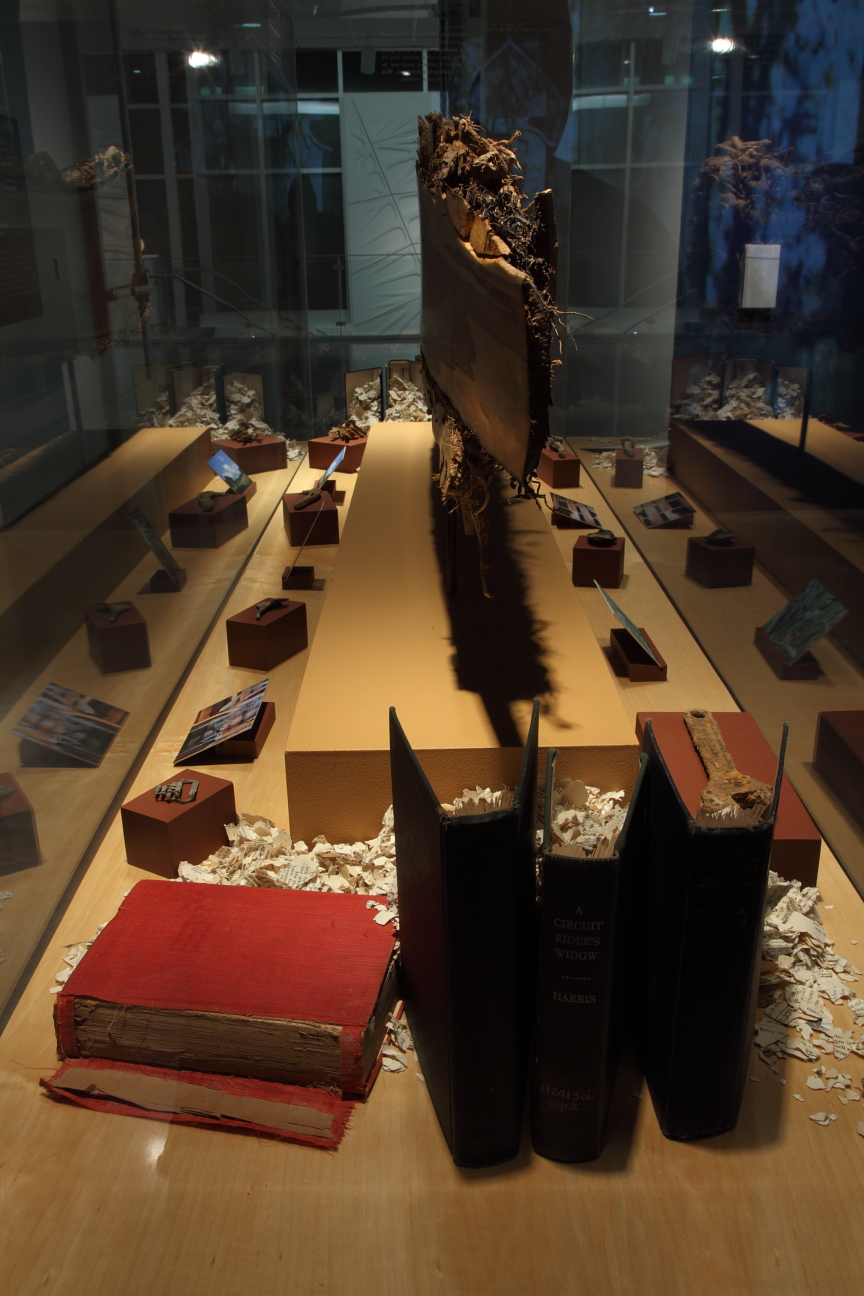

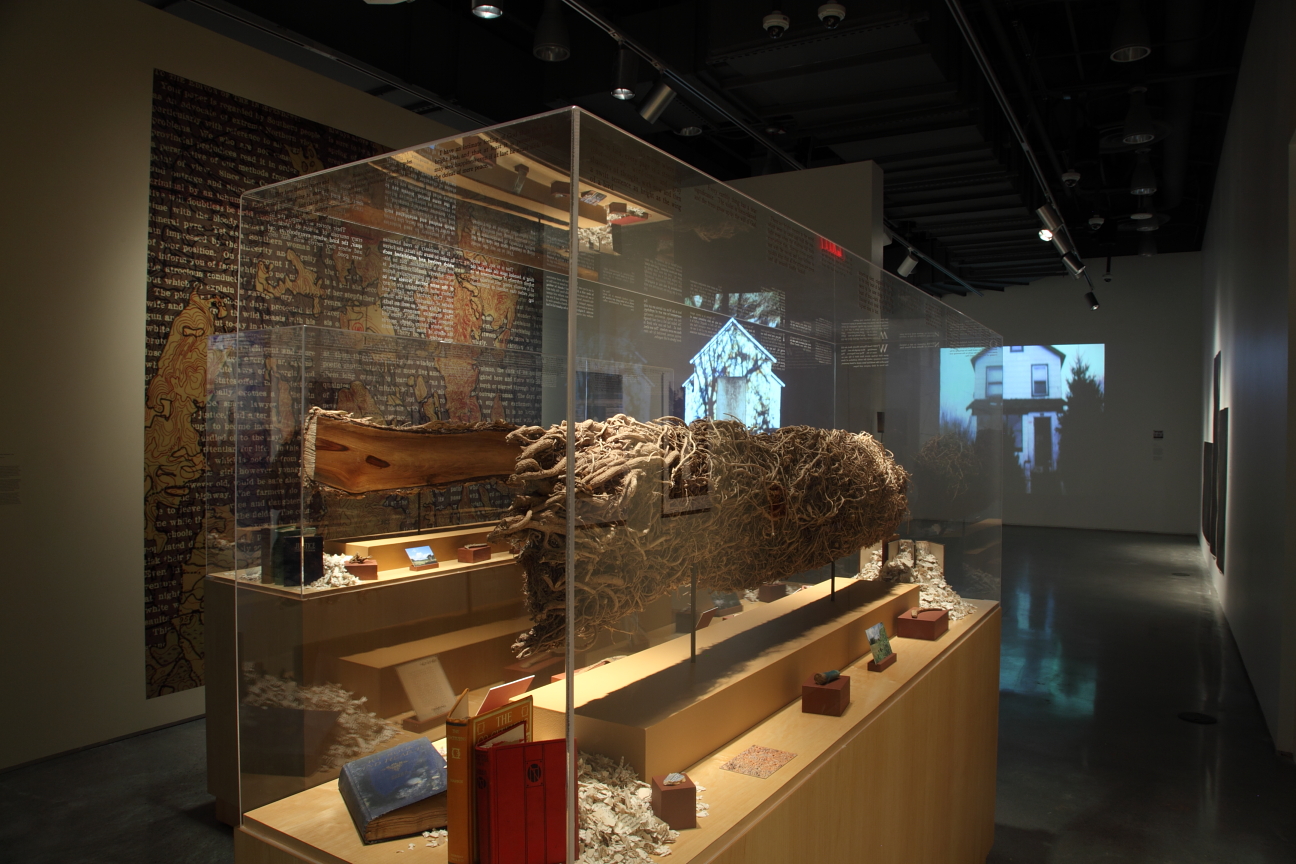
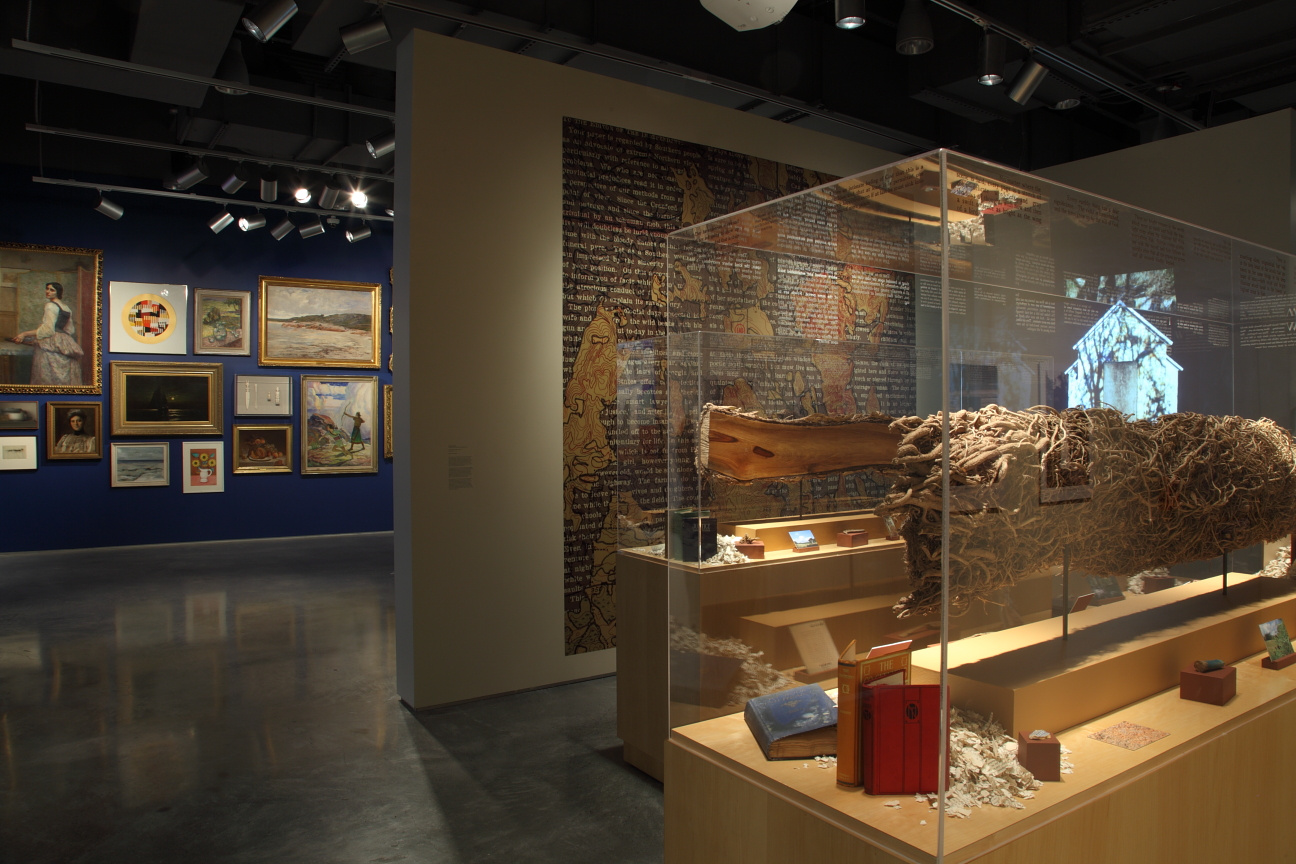


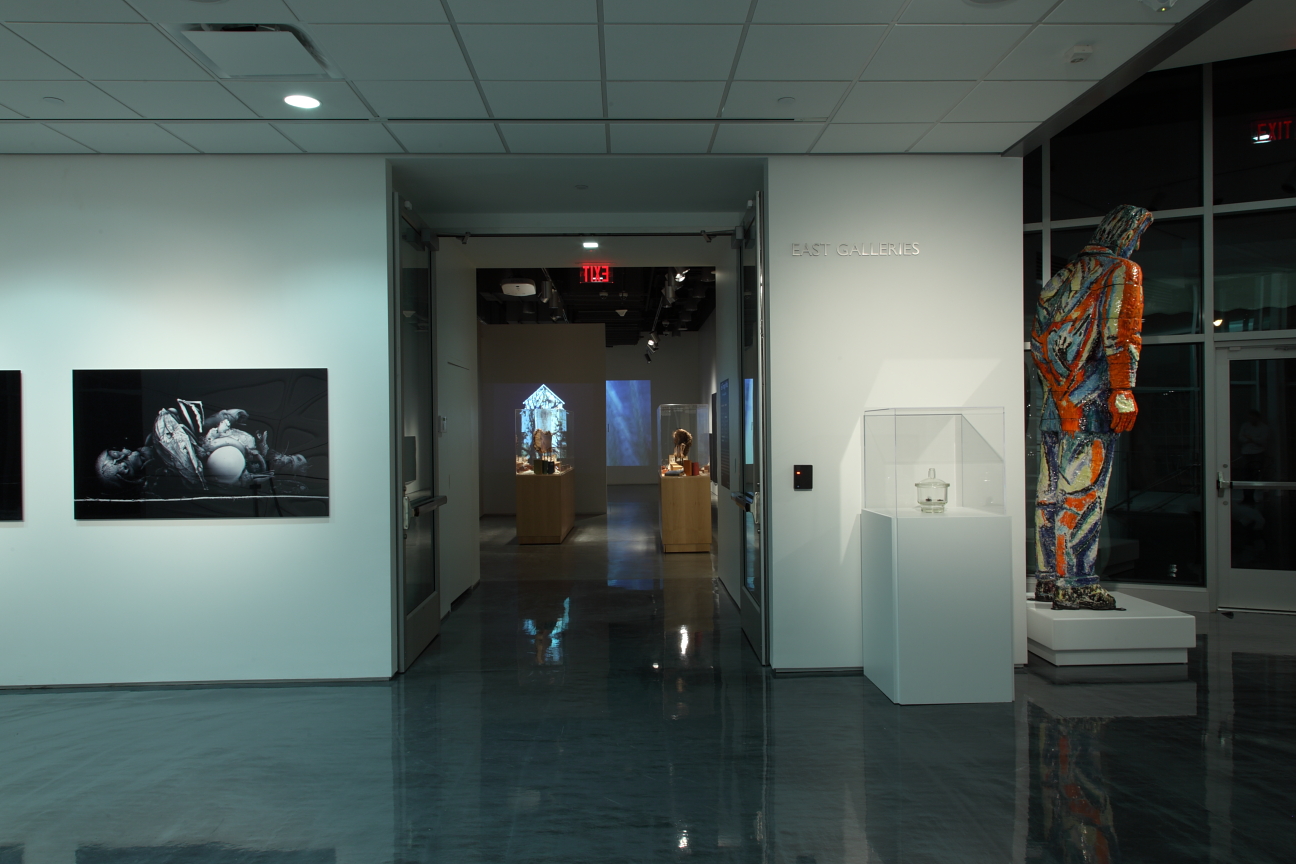
Museum Label:
Ruth Stanford
American, born Greenville, Mississippi, 1964
A Walk in the Valley, 2013-14 Mixed media
Museum commission
This installation is Stanford’s response to Corra Harris and her former home in Bartow County, thirty miles north of Kennesaw. Harris was a southern writer who lived and worked in Georgia until her death in 1935. She achieved recognition with an autobiographical novel, The Circuit Rider’s Wife, published in 1910, and went on to write nineteen books, numerous articles and short stories, and hundreds of book reviews.
In 1899, Harris wrote a letter about a Georgia lynching that was published in the New York City-based weekly magazine, The Independent. The editors, taking advantage of the sensational nature of her remarks, asked her contribute on a regular basis, thus substantiating her identity as an “apologist,” and simultaneously launching her career as a writer. In 2008, Harris’ fifty-six-acre homestead, “In the Valley,” was given to Kennesaw State University.
The complexity of Corra Harris is part of the attraction for Stanford. She observes that though much of the writer’s published language was beautiful, some of the context was so heartbreakingly ugly that it seemed unimaginable that it could have come from one mind. Collecting facts, memories, and fragments of the life of this early-twentieth-century Southerner, Stanford hopes to bring forth associations that, for better or worse, reveal the impact of the past.
Stanford’s strategy in this investigation is one of displacement—the movement or shifting of an element to a new position. This relocation has the potential to create new meaning through unexpected juxtapositions. It also brings to the surface notions of presence and absence, permanence and impermanence, fiction and reality, and the conscious versus the unconscious. As Stanford asserts:
We consider everything in light of our own worldviews, experiences, and perceptions, and we piece together a composition of the past that varies widely depending on our emphasis, interests, and depth of consideration.
A Walk in the Valley is not a memorial to Corra Harris. It is an exploration of the relationship between a beautiful piece of land and the complex history of someone who felt at peace there.
Stanford earned a BS in Zoology and a BFA in Sculpture at the University of Texas, Austin, an MS in Zoology from Arizona State University, and an MFA in Sculpture from Carnegie Mellon University. She currently lives in Atlanta and teaches in the Ernest G. Welch School of Art and Design at Georgia State University.

